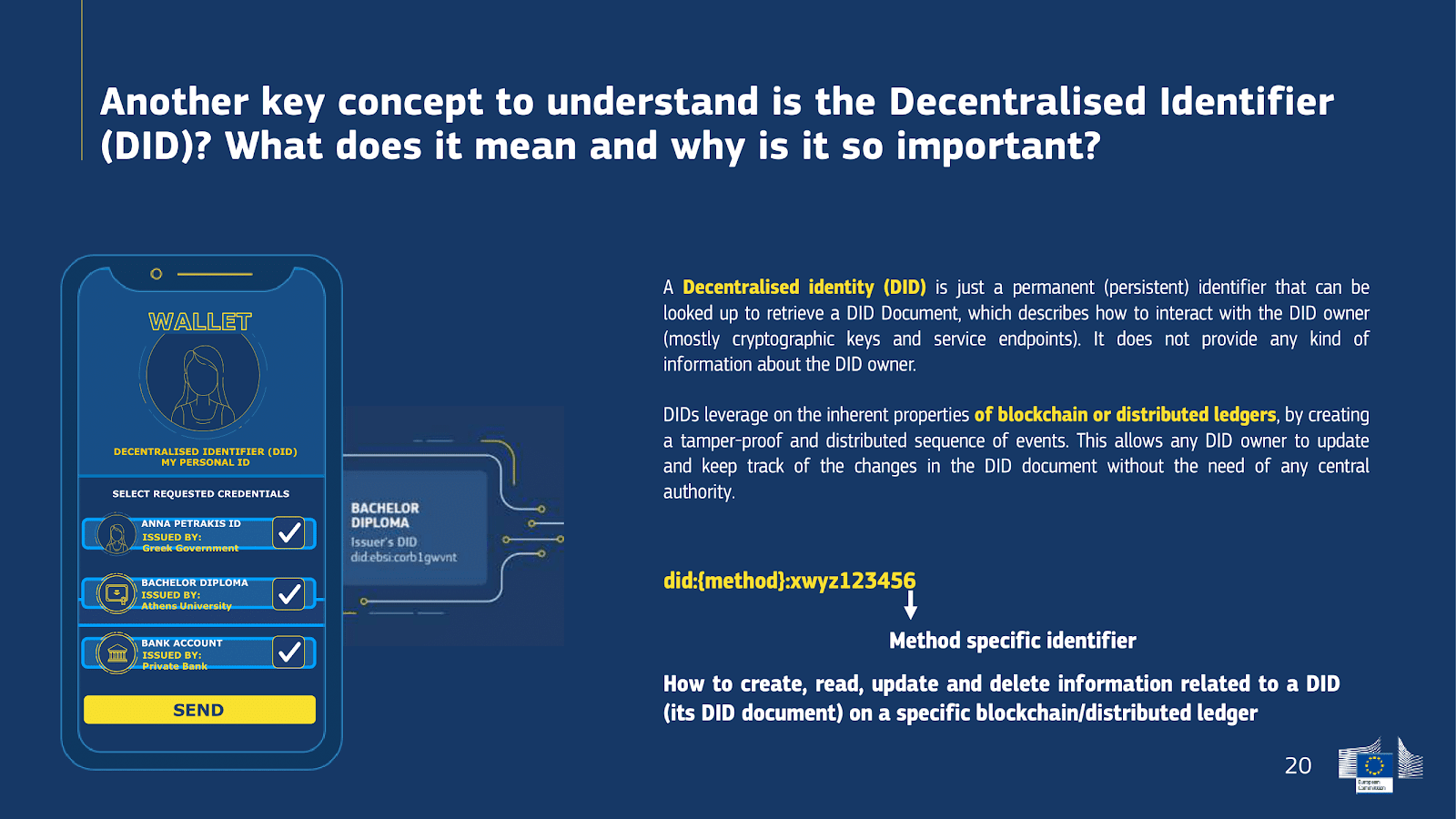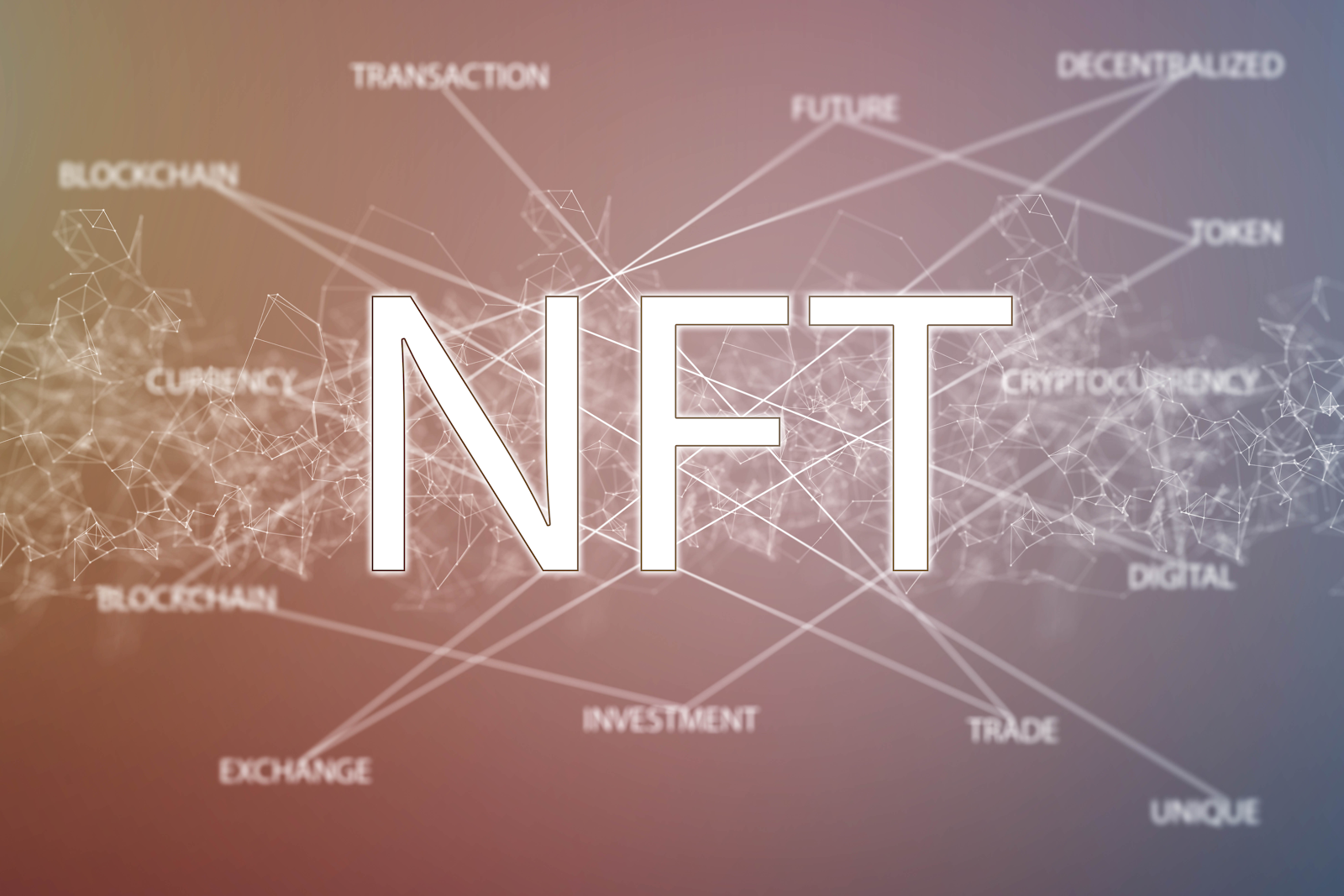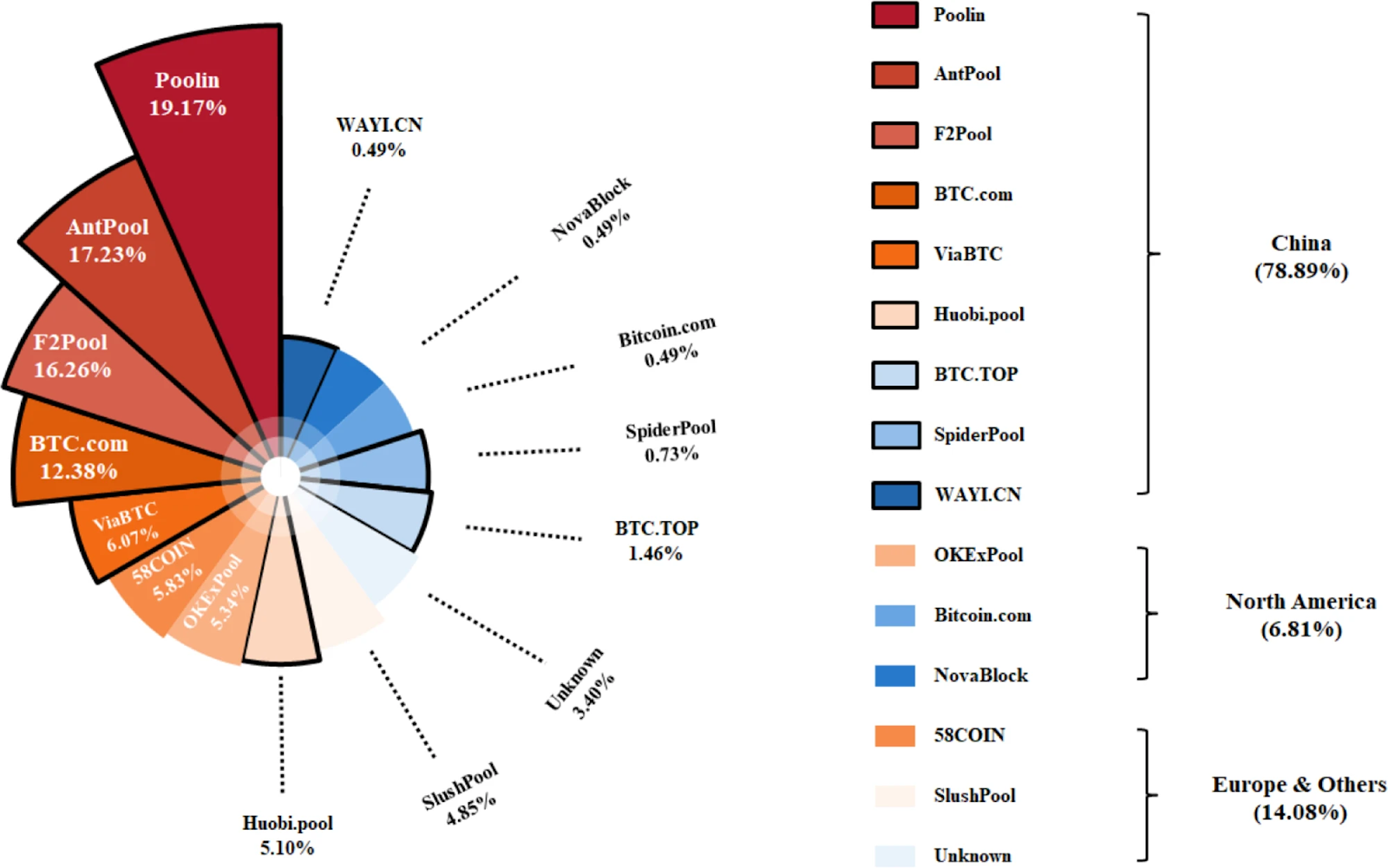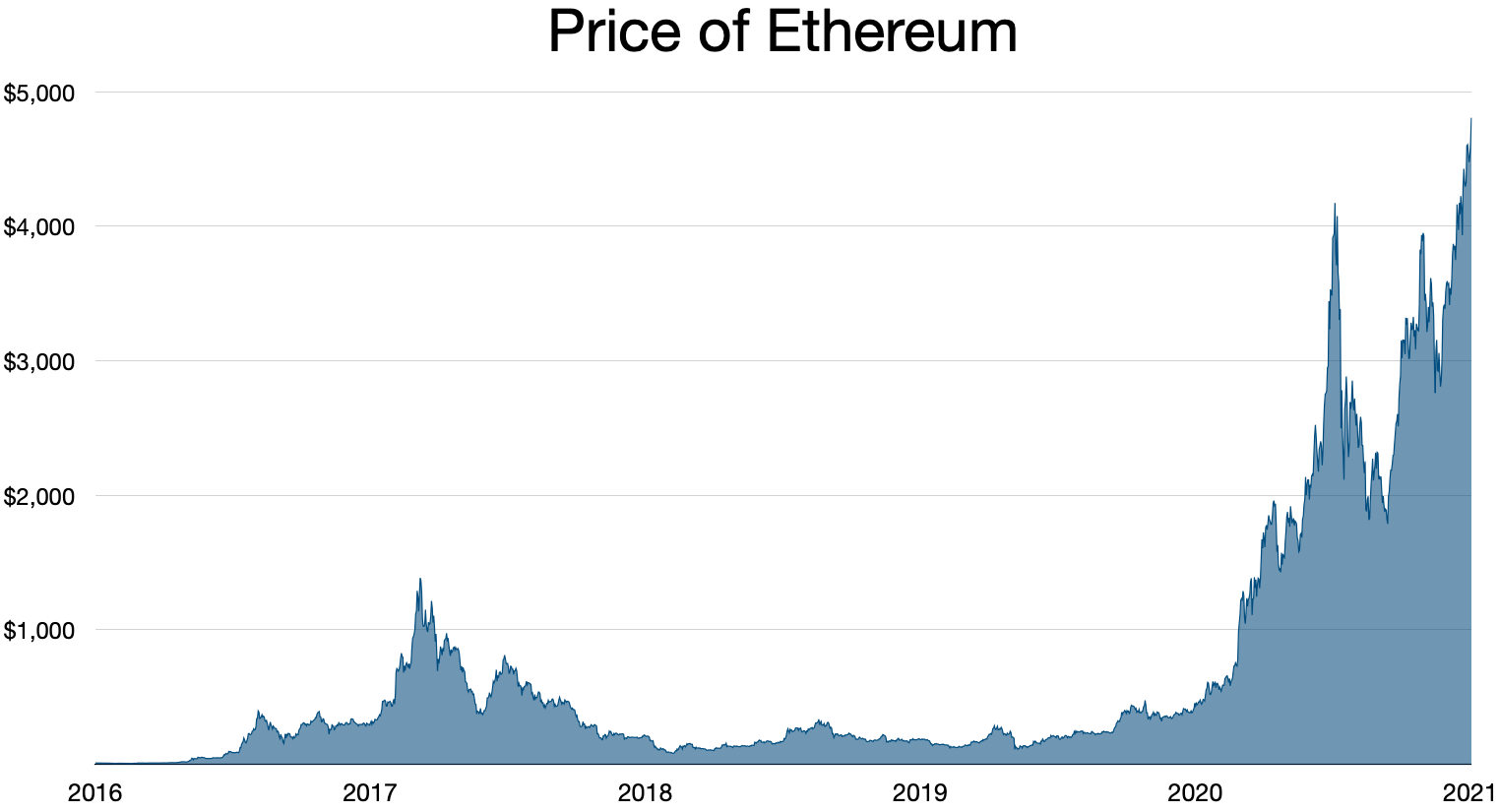There is a lot of noise about Web3 and how it will change the internet forever, but most people are not sure what it actually is, why we need it, and how it can help. If you are confused by the term, you are certainly not alone.
We hate to think of our faithful StartupGeekers baffled by anything, so we have been doing some digging and have all the answers through this handy article outlining everything you need to know about the future web.
Here’s an outline of what is to come:
- What is Web3
- The Internet Evolution
- Web1: 1990 – 2004
- Web2: 2004 – Present
- Web3: Near-Distant Future of the Internet
- Concept of the Decentralized Web
- Blockchain Technologies – Smart Contracts
- NFTs
- What is the Difference Between Web2 and Web3
- How to Invest in Web3
- Invest in Web3 Tokens
- Invest in Web3 Stocks
- Invest in NFTs
- Invest in DeFi
- Finance with Crypto Loans
- How Web3 is Going to Affect Startups and Businesses
- Possible Web3 Limitations
- Further Complicating the World Wide Web
- Centralized Infrastructure
- Usability in Poorer Communities
- FAQs
- What Exactly is Web3?
- Is Web3 a Crypto?
- What are Web3 and Metaverse?
- Is Ethereum Considered Web3
What Is Web3?
We can thank Gavin Wood, the co-founder of Ethereum, for the term Web3. As the owner of a cryptocurrency company, Gavin wanted to create a form of the internet where you had more control over your content and online businesses.
Web3 aims to utilize blockchain technologies to segregate each individual’s data, using blockchain cryptocurrencies, platforms, and NFTs to provide complete user control.
What this means is that censorship and external influence is less of a concern – you have direct and sole access to your own corner of the internet, completely under your control.
As we’ve already mentioned, Web3 isn’t entirely in practice. The concept, however, remains the same. Before we get into more details, let’s look at some internet history.
The Internet Evolution

The world wide web has evolved incredibly over the past 32 years. Few would ever have imagined what we could accomplish since the 1990s.
The basic summary of the evolution of the internet was summed up by a post from @himgajria’s Twitter account.
- Web1 = Read
- Web2 = Read-Write
- Web3 = Read-Write-Own
Let’s break these three stages down in more detail and give you a clearer grasp of each milestone and what they represent. It’s interesting stuff, really!
Web1: 1990 – 2004 (Read Only)
The great visionary, Tim Berners-Lee, worked on the initial code for the world wide web back in 1989. At the time, his primary vision was to create a decentralized protocol that could be shared with and read by anyone worldwide.
Once Tim was done, anyone with an aerial could dial in via a landline to access the very early, rudimentary world wide web, with very basic content. Doing so would give them access to a few static websites created with the occasional update. Before this grand discovery, you would have to wait weeks or even months to send a message to someone on the other side of the planet.
During its original invention and on through to the early 2000s, the world wide web was read-only, without the ability to comment or interact on any level.
We refer to this period of the internet as Web1.
Web2: 2004 – Present (Read & Write) – Current Internet System
Messaging boards, forums, and online groups had existed since the nineties, but it was the arrival of social media in 2004 – and the writable content that came with it – that signaled the Web2 milestone.
Web2 is the current system employed today – you are reading this article now on what is considered Web2.
The current internet system allows us to read and write content. Commenting on online social interactions and creating personalized content only became available during this period.
Web 2.0 was also the period where large technology companies and other services became available. Most content wasn’t monetizable on its own, or at least not right away. However, many forward-thinking companies started using the internet to advertise their physical goods and other services.
With this stage, you can search for a single company and find out all about it in a matter of seconds.
Web3: Near-Distant Future Of The Internet? (Read, Write, & Own)
The concept of Web3 holds that individuals can own blocks of the internet and monetize them. The idea is that no one else would have jurisdiction over them nor be able to police what they do with that block of unique content.
The main reason Web3 hasn’t happened yet is that too much trust is involved. Currently, we rely on trusted intermediaries to monitor the use and upkeep of content creation. Web3 would remove the need for these third-party intermediaries. Confused? Please, don’t be. It’s actually quite simple, and we will explain in later sections.
Concept Of The Decentralized Web

At present, the internet is primarily centralized. Large companies and corporations own vast chunks of the internet. You can build websites and create your own content on a multitude of sites. However, all of them require you to follow their platform guidelines.
Decentralized web content removes that third-party influence. You buy a space on the internet that is entirely your own. You can add to it, monetize it, or do whatever else you want.
Think of it like connected devices. When you connect your laptop to another PC in your home, you can view all the files and other content on the PC. The PC owner can also permit you to leave files or take from specific files. However, you cannot remove or edit any of the files you are viewing.
Decentralized web content works much the same way. You control who has permission to do anything and everything in your own block of content. The content is still visible on the internet, but you decide what it connects to and where you go with it.
Interesting, isn’t it? But how do we achieve this type of internet? The answer is blockchain technology.
Blockchain Technologies – Smart Contracts
You are probably aware of blockchain used in the same breath as Bitcoin and other cryptocurrencies. The bitcoin blockchain is the perfect example of an online piece of technology not owned by any centralized company. No one person has control of bitcoin and the various forms and values that it takes on.
Of course, people are behind the creation and use of bitcoin and further related blockchain tech, but only on a technical level, with no influence over how bitcoin actually plays out.
In summary, a blockchain provides the means to store any kind of data you want without worrying about someone else looking over and protecting the data for you. The main examples of blockchain are bitcoin tokens.
NFTs

NFT stands for ‘non-fungible token,’ and they are available in many formats.
Non-fungible means it can’t be replaced by anything else of equal value. Take bitcoin, for example. You can trade one kind of bitcoin for a different one. You may have a different number of tokens, but the value of your bitcoin is the same.
An NFT doesn’t work this way. NFTs sell for a certain monetary value that is constantly changing as the popularity of your unique NFT wavers.
The majority of NFTs involve some form of art. However, there are a multitude of things sold as NFTs. One example is a 50-second video originally produced by Grimes. The video sold for around $388,000 and will likely increase in value with age. (Though, increased value isn’t a guarantee as the value of this NFT is in its popularity)
Another example is a short video originally made by Beeple. The video was originally being sold at a value of $66,666.6. By the end of the auction, it sold for a whopping $6,600,000!
It may seem insane to spend so much money on a video that any of us could download and watch whenever we want. However, what you own are the one-of-a-kind rights to the video. No one else can claim the video as their own for fear of major copyright strikes on their company. The data is solely owned by the buyer.
What Is The Difference Between Web2 And Web3?
The primary difference involves the centralization or decentralization of content. Web2 allows you to read current content and write your own content. However, you don’t own the data. You need to follow the guidelines provided by the overseer of that chunk of the internet.
You are, of course, familiar with the likes of Amazon, Meta (Facebook), and Google. Let’s say, for example, you started a social media channel on Facebook. With Web2, you must follow the guidelines and restrictions that Facebook offers. Because of this, you can’t create and say anything you want, as it needs to be vetted. If they don’t like what you created, they have the right to remove it from their platform.
Web3, on the other hand, allows you to own the actual data included in that block. This ownership gives you full rights to do whatever you please with the data.
Here’s a basic chart that portrays the differences:

How To Invest In Web3
There are a variety of ways to invest in Web3. Cryptocurrencies, such as Ethereum, provide the means to invest directly and easily.
Let’s take a look at some direct investments you might want to consider:
Disclaimer: Please note that none of the content on this blog should be taken as financial advice. This includes data on past performances, recommended securities or products, and investment strategies.
The thoughts and opinions expressed on this blog are mine alone, based on my personal experiences and research. Any information provided is for entertainment or informational purposes only and should not be construed as professional financial advice.
We strongly advise you to consult with a professional who is authorized to give investment advice before making any financial decisions based on information found on this blog.
Invest In Web3 Tokens

Web3 tokens are the most popular form of Web3 investment. Tokens are very similar to crypto coins in that they can be used to make purchases. However, a token can be used for many other things as well, including the storing of value, investments, and other forms of online trade.
Another option might be to launch an investment program promoting a crypto token for purchase. The tokens would have a specific investment value that would increase as the business improves.
Using a cryptocurrency platform is simpler than you might expect. Many of these crypto trading services offer tools and support to make things easier for you.
Cryptocurrency is quite volatile, and there will be times when you need to trade one type of coin for another in an effort to manage your portfolio. Utilizing a site that provides technical support would be best for those of you who aren’t familiar with bitcoin trading.
Invest In Web3 Stocks
A more straightforward option for investing in Web3 involves Web3 stocks, with websites such as Coinbase allowing you to invest in Web3 technologies. The company or companies you invest in will control where your stock gets invested. Ultimately, however, it will always go toward Web3 products in one way or another.
Invest In NFTs
While we mentioned a couple of high-value NFTs earlier, there are plenty of more affordable NFTs you could invest in.
Once you invest in an NFT, it is yours alone, and no two NFTs are the same. The uniqueness of NFTs doesn’t necessarily mean their value will increase, however. The more popular your NFT is, the more likely you will profit from it if sold in the future.
Invest In DeFi
DeFi, or decentralized finance, is a broader means of investing than the previous three options. Investing in DeFi basically means your investment must go toward decentralized services. The financer you invested in will decide which services your investment goes toward.
Finance With Crypto Loans
Once you have some cryptocurrency at the ready, you can utilize instant crypto loans as another means of investing in Web3. The concept involves taking your crypto and putting it up as collateral for a physical loan.
Crypto.com offers a 50% value to your crypto loan. If you own crypto at a value of $500, you could get an instant cash loan of $250. If your cryptocurrency’s value increases during this investment, the amount you can borrow will increase as well.
How Web3 Is Going To Affect Startups And Businesses
Web3 will very probably have an immense impact on both startups and large businesses alike. The influence basically depends on each business structure.
Startups will likely benefit from Web3. Gaining the ability to buy your data directly provides far more potential than borrowing space on a large corporation’s chunk of the internet. The additional ability to choose your own regulations and utilize cryptocurrencies may also help them get started.
Web3 will also provide funding opportunities for startups via large companies and players who wish to get into Web3. Certain Web3 entities, such as Ethereum and Polkadot, offer grants for startups as well.
Large technology companies like Microsoft won’t benefit quite as much, having achieved their current success and size by controlling large portions of the internet for many years. Web3 won’t allow this to happen to quite the same extent. Established companies that have long dominated areas of the internet will still have a platform. Still, other companies will be able to play catch up – hopefully – thanks to more accessible access to personal data.
That said, Microsoft is one of the larger companies that intend to get ahead of the curb and have been investing quite heavily in Web3 for some years now.
Possible Web3 Limitations
There are a few obstacles to overcome if Web3 is to become a significant internet role. We’ll take a quick look at some potential limitations and their future solutions.
Centralized Infrastructure
The majority of the internet is currently centralized. Swapping over to primarily Web 3.0 would undoubtedly cause some significant issues for companies and users in the centralized platform.
The Solution
A slow transition is probably the safest way forward, and that is where we are now: a gradual transition. By slowly moving into a decentralized infrastructure, we avoid shaking things up too much with a sudden change.
Usability In Poorer Communities
While access to cryptocurrencies seems simple for those of us in heavily industrialized regions of the world, it won’t be so easy for some poorer communities. While Web 3.0 doesn’t immediately require any more effort for smaller online platforms, it could be difficult for some to adapt at first.
Not only that, but the implementation of data ownership is quite costly at present. Transaction fees may prove too challenging to keep up with.
The Solution
Once more, continuing to improve the services and technologies available for blockchain users is a must. By investing in Web 3.0 website options, you are helping to achieve these advancements.
FAQs
Let’s take a look at some common questions regarding Web 3.0:
What Exactly Is Web3?
Web 3.0 is an evolution in web technology. The Web also referred to as the internet, provides web and app services.
Is Web3 A Crypto?
Web3 crypto is a new wave of cryptocurrency that aims towards a decentralized Web3. It uses a mix of blockchain in order to give people the manipulation of data without a third party.
What Are Web3 And Metaverse?
Metaverse cannot be confused with Web3. This is essentially Web 3’s third development phase. Metaverse is a digitally parallel internet world that enables people to interact between virtual reality and virtual objects using 3D.
Is Ethereum Considered Web3

Ethereum is a decentralized blockchain, meaning that it is considered a Web3 entity.
Wrap Up
We hope that provides a clearer understanding of Web 3.0, including its history, how to invest in it, and critical terms like blockchain and cryptocurrency.
We see Web3 as something to be embraced, with only good things to come from it, providing the transition continues to be a gradual one.
